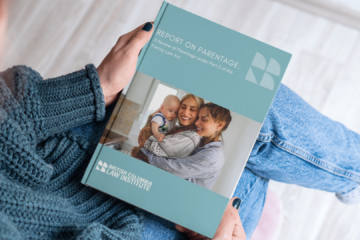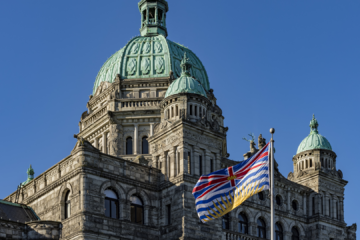What is a residential strata lot?
September 2, 2016
BY Kevin Zakreski
In a somewhat circular definition, the Strata Property Act defines “residential strata lot” to mean “a strata lot designed or intended to be used primarily as a residence.” The Supreme Court of British Columbia recently considered this definition in ruling on a dispute over a strata corporation’s “governance of a phased strata development that is located at the west end of East Barriere Lake.”
East Barriere Resort Ltd v The Owners, Strata Plan KAS1819, 2016 BCSC 1609, involved a bare-land strata development that had been developed in four phases. The advance disclosure and zoning of the property gave some hints as to its intended uses:
Declarations filed in the Land Titles office with the Strata Plan describe phases 1 and 3 as residential, phase 2 as residential/commercial. No such declaration was filed with phase 4.
Phases 1, 2 and 4 are within areas zoned “C-4 recreational, commercial” and phase 3 is zoned “CR-1 country residential.”
Despite these intentions for the property:
There has never been a rental pool and no resort or commercial development has been operated by the strata corporation. Owners have constructed detached single-family homes used as vacation residences. Some owners rent their units some of the time, but all have been developed and used as residential lots since 1996.
A dispute over efforts by the respondent strata corporation “to control rental by owners, the use of a dock and boat slips that are common property and moorage in the adjacent bay” led to a number of owners launching this petition to the court. The petitioners sought:
declarations that the lots in phases 1, 2 and 4 are not residential and that those in phase 3 are residential. They then seek declarations that s. 128 of the Strata Property Act, S.B.C. 1998, c. 43, should operate to require separate three-quarter majority votes for proposed bylaw amendments.
The petitioners’ case relied “primarily on Thompson Nicola Regional District zoning bylaws and disclosure statements issued by the developer of the property to support the assertion that such declarations are appropriate.”
For the court, “[f]undamentally, the question is how to determine whether a lot is a residential or a nonresidential strata lot.” This question turned on interpreting the definition of “residential strata lot” found in section 1 of the act.
The court began by noting that
the definition of “residential strata lot” references only design and intention. It does not incorporate any other considerations such as zoning or disclosure statements. It does not clarify whether the intention referenced is that of the original developers or the owners.
In the case at hand, “[t]he uncontradicted evidence is that the actual use of all of the lots has been residential. Clearly, residential use has been the intention of the owners for an extended period of time.” Regarding design, the court observed that the evidence wasn’t clear:
There is limited evidence directly on the question of design. This is a bare land strata. Some of the structures existing when the developer acquired the property were commercial but all of those have been converted to residential use. It is apparent that the design of the lots themselves is at least consistent with residential use. It would seem, however, that from a design perspective it is equally consistent with commercial rental use; that is to say, owners could easily rent their units. There is no direct evidence on this point.
The court then turned to consider the purpose underlying the petition, which was to enable separate votes on bylaw amendments under section 128 of the act. In the court’s view, accepting the petitioners’ encouragement to take a broader view on the characterization of strata lots would undermine the goal of section 128 to foster greater democracy in a mixed-use strata:
Taking into account all of the circumstances of this case, it is my view that to accede to the petitioners’ position would be to in fact defeat rather than serve the purpose of s. 128. It would require separate votes where use of lots has not been different. Here we have only one group . . . and it is residential. Some of that group seek to be nonresidential based on zoning that prohibits residential use. To classify their lots as nonresidential would essentially create a group that has not in fact existed for many years.
There is a distinction to be drawn between the hopes and aspirations of certain owners, in this case the petitioners and the actual nature and use of the lots.
The fact of certain zoning could result in action by local governments which would have to be responded to is a separate issue. It is to be noted that there has been no such action, although the use of some of the lots has been inconsistent with zoning for an extended period.
The purpose of s. 128 is to protect the democratic process by allowing owners who have put their lots to different use (or whose lots are otherwise properly classified differently) and thus have different interests to have a voice in bylaw amendments. Its purpose is not to allow those who have different aspirations or wishes to invoke change to gain or obtain a disproportionate voice in that democratic process.
In the result, the court dismissed the petition on this point.











































